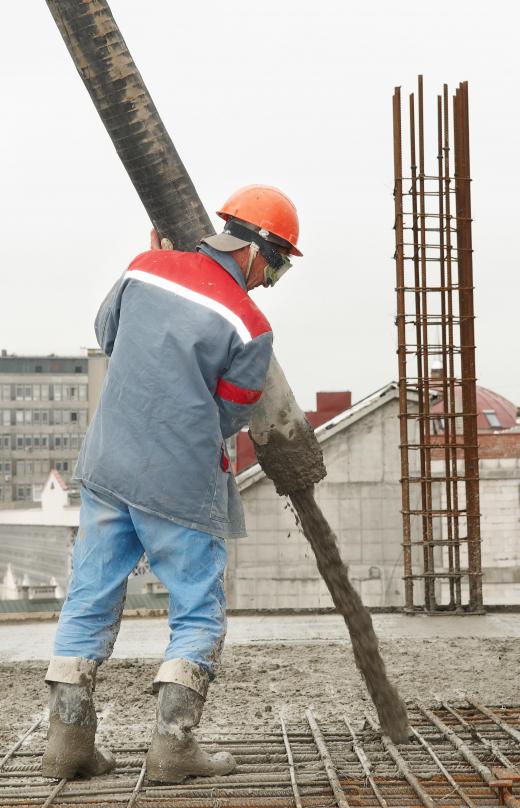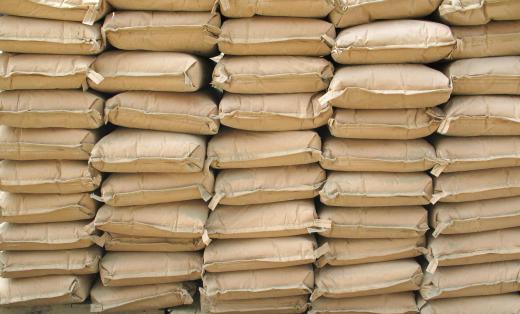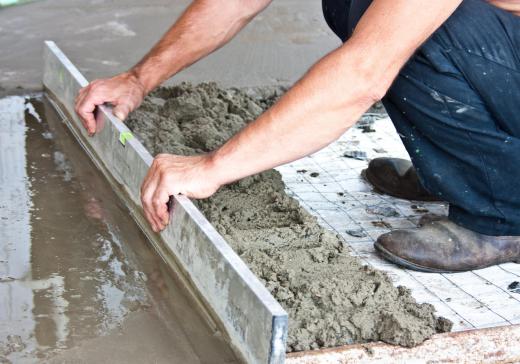Fly ash, also known as Pulverized Fuel Ash (PFA), is an industrial ash created when coal is burned to create electrical power. As the gaseous emissions of burning coal cool, some of its chemical constituents solidify into spherical granules, forming fly ash. A fine, glassy powder, its chemical components vary but usually include oxides of silicon (SiO2), aluminum (Al2O3), iron (several kinds), and calcium (CaO). It is found in power plant chimneys and has several industrial uses, the most noteworthy being as an additive to cement.
When coal is burned, the byproducts of the combustion process separate into heavier components, which sink to the bottom of the burner and become bottom ash, and gaseous emissions, which escape from the top of the burner. Particles of fly ash precipitate from the gas as it rises. In most plants, these are captured from the air using an electric charge generated by a device called an electrostatic precipitator. Because of the conditions of their formation, the particles are extremely fine, mostly spherical, and all nearly the same size.

The principal question surrounding fly ash is what to do with it. Once allowed to escape into the air as an industrial pollutant, the law now requires that it be removed from coal plant emissions and either disposed of as solid waste or recycled. Disposing of the ash presents problems, because so much of it is produced. Most of the ash is dumped in holding lagoons or in landfills. The ash contains toxic heavy metals, and environmentalists are concerned that these could leach into soil or escape into the environment if the lagoons rupture.

Fortunately, fly ash is a pozzolan, a material that can serve as a cement when mixed with lime and water. Because of this, it is increasingly recycled as an economical extender for portland cement, the common cement used to make concrete. There are a number of benefits: the resulting concrete is denser, smoother, easier to work with, more resistant to chemical erosion, and stronger over the long term. It also requires less carbon dioxide to produce, and creates less pollution. The ash may also be used to make asphalt, bricks, paints, tiles, and backfill.

Fly ash is one of several byproducts of the coal-burning process, called coal combustion products (CCPs). Others include bottom ash, boiler slag, and flue gas desulfurization (FGD) materials such as gypsum. Many of these can also be recycled as construction materials to reduce their impact on the environment.
